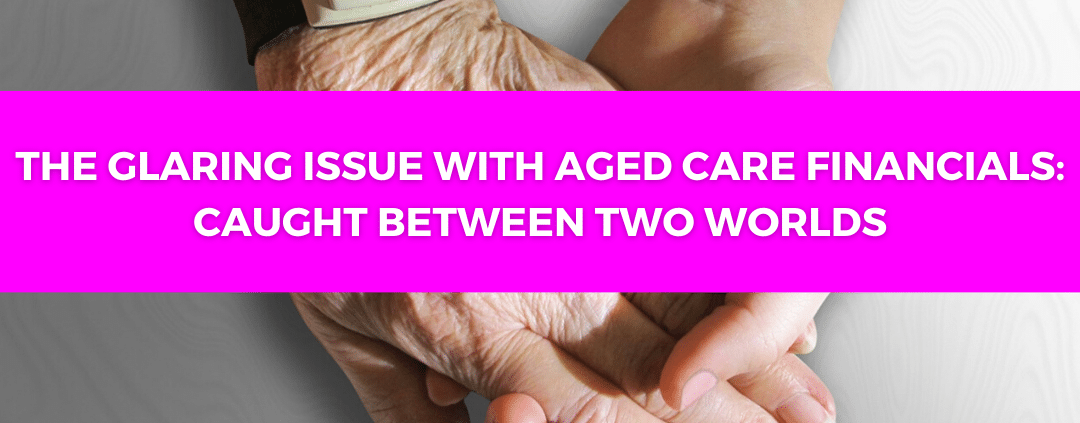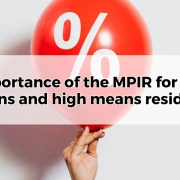The Glaring Issue with Aged Care Financials
Table of Contents
ToggleThe concept of ‘fairness’ is what societies, governments, and financial systems are built upon. Ideally, everyone, regardless of their financial situation, should have equal access to the basic human right of quality aged care. Yet, the current system of aged care financial assessments seems to be skewed against a particular demographic – those who are neither “too rich” nor “too poor”.
So, let’s break this down.
1. The RAD & DAP Dilemma
When a resident enters permanent residential care, they’re assessed and then tagged either as a RAD payer or a low means resident. The alarming fact here is that this classification is static unless a resident decides to shift facilities or leaves residential care for 28 days or more. Therefore, if you’re labelled a RAD payer on entry but, at some point, run out of funds? Too bad. You remain a RAD payer. But, what does this mean?
RAD payers can either:
- Pay a lump sum Refundable Accommodation Deposit (RAD).
- Convert this into a daily payment (DAP) or combine the two.
Here’s the kicker. The cost of converting a RAD into a DAP is influenced by the Maximum Permissible Interest Rate (MPIR), and this is where the system takes an unfair turn.
2. The Escalating MPIR and Its Effects
Over the last two years, the MPIR has seen an unprecedented hike. We’re talking about rates that haven’t been witnessed in over a decade, long before the 2014 aged care fees system was ushered in. As of current rates, the MPIR is 8.34%.
This implies that many residents now face accommodation costs that are more than double what they were just a year and a half ago, provided there’s no change in the RAD cost of the accommodation.
Using simple math, for a room priced at $550,000:
- As of October 1st, 2023, the DAP is $122.80 per day.
- Compare this to June 30th, 2022, where the DAP was a mere $61.33 per day.
Therefore, this price surge implies that more people should be paying a RAD or at least getting financial advice on how to balance their RAD payments without depleting their funds. But that’s not all.
3. The “Too Rich” Yet “Not Rich Enough” Quandary
There’s a large group of people who fall between the cracks. They aren’t wealthy enough to pay the RAD upfront but have too many assets to qualify as “low means” residents. Consequently, they’re pushed towards the DAP which, due to the MPIR spike, is exorbitantly high. It’s like being penalized for being middle-class. These people are the worst hit by the current system.
4. Demystifying the DAP from RAD Strategy
Now, there’s a way out, but it’s intricate. The DAP from RAD strategy allows a resident to pay part of the RAD and convert the remainder into a DAP. For instance, if a room (RAD) is priced at $500,000 and a resident pays $100,000, they can convert the remaining $400,000 into a daily payment, which, given the current MPIR of 8.34%, amounts to $91.40 per day.
Moreover, this strategy lets residents use the paid RAD amount to cater to the DAP, somewhat like accessing a locked bank account. While it offers some solace, especially in terms of managing cashflow and potentially increasing age pension entitlements, it’s still a far cry from a streamlined solution.
A Call to Reconsider the System
While understanding aged care financials can be labyrinthine, it’s clear that there’s a glaring issue at hand. Those in the middle, who are neither “too rich” nor “too poor”, are at the losing end.
The rising MPIR and the static classification of residents have resulted in a system that disproportionately affects a significant number of people. It’s high time we re-evaluate this framework, ensuring that every individual, regardless of their financial standing, can access quality aged care without the looming stress of running out of funds.
To all navigating this convoluted system, seeking expert financial advice is imperative. Only through collective awareness and action can we hope for a more equitable aged care financial landscape.









